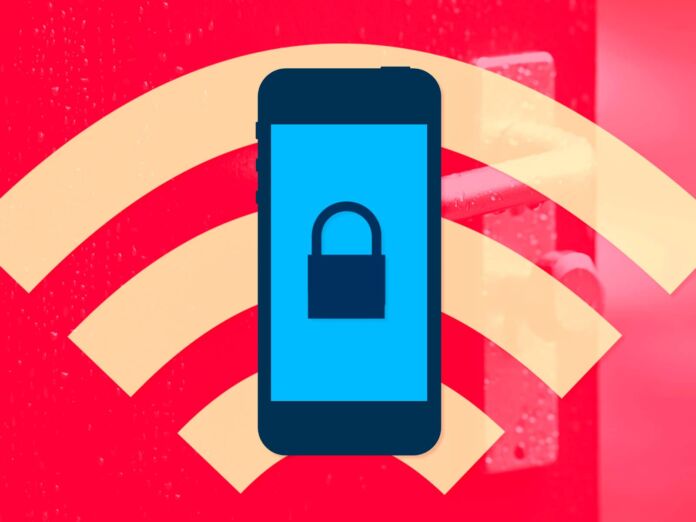
The Internet of Things is much more than a concept for technology experts. Odds are, you’ve interacted with an Internet of Things device already today. For example, you’ve probably used a smartwatch, a voice assistant, or even just your smartphone! These exact principles of connectivity and convenience have enabled IoT access control.
IoT access control is not only packed with benefits for residents and tenants, but also for installers, property owners, and managers. Read on to discover what IoT access control is and discover its benefits.
What is IoT Access Control?
IoT access control is a technique of controlling physical access control components like doors, locks, and credentials by upgrading them with internet compatibility. This way, they can trade data and communicate between devices.
The Internet of Things movement is connecting the entire world, and access control is just one part. Today many different industries use IoT to conduct business — from farm owners tracking pest control measures to medical facilities using alert mechanisms to protect at-risk patients.
Now, the best and most modern access control system providers use that same IoT technology to make building access simple for tenants, visitors, and property staff.
How Does IoT Access Control Work?
IoT access control uses the Internet of Things to grant power to credential readers, locks, and door openers to communicate via the Internet. Access control hardware and software that communicate over the internet can exchange a higher volume of data than those using radio waves or Bluetooth.
As a result, residents can use more features which results in staff having access to more useful data. For example, an IoT camera access system increases security by allowing staff to view and store digital photos of all door release events.
IoT Access Control Systems Have Three Parts
So you know what IoT access control is, but what are the components of IoT access control?
1. Credentials
Credentials can take many different forms, from internet-powered cards and fobs to a mobile app that uses a smartphone to send out wireless signals. Tenants carry these credentials to convey data to readers.
2. Reader
Readers take the information given to them by credentials to verify the user’s identity. The type of reader you choose will determine the type of credential users must carry, so you must choose which type of credential you prefer before choosing a reader. There are fob readers, Bluetooth readers, and smartphone-based readers, and more.
3. Electric or Magnetic Lock
Once the reader verifies that the credential is valid, it tells the electric or magnetic lock that secures a door to disengage. After, visitors can enter.
How Does a Resident Let Themselves into a Building Secured by IoT Access Control?
First, residents present a credential. Either a tenant will have to physically touch their credential to a reader or the reader will scan it from a distance.
Second, the reader scans the credential. Using its antennas and sensors, the reader reads the data present on the credential. After, it compares the data received from the credential with a database of resident credentials.
Finally, if the reader detects a match, it directs the door lock to disengage. The tenant can then enter the property.
Benefits of Using IoT for Access Control
Technology completely changed the way we live and work. And the internet is transforming our lives even further. With the internet, people can be in constant contact with one another. Further, there’s a world’s worth of data always at our fingertips.
Here are the elements of IoT access control systems that simplify door and building access without overcomplicating system management.
Wireless
IoT access control systems are wireless, meaning successful installations don’t require you to tear down walls or rip up floors for every single access component. Instead, you’ll only need one connection for power and the internet. So, you save on installation and maintenance costs and reduce the chance of malfunctioning hardware.
Keyless
Many traditional access control systems require you to constantly reprint and pass out keys as residents lose them or move out. But with an IoT access system, you can give residents fobs or key cards, which are much easier to replace and manage. Alternatively, you can opt for a mobile access control system where tenants can use their smartphones to open doors.
Integration-Friendly
Imagine you just installed a new amenity space, like a conference room. Now, you must pass out a whole new set of keys to your residents. This is time-consuming, inconvenient, and monotonous. On the other hand, IoT access management is simple and convenient. You can create digital credentials to grant residents access via an online dashboard — no need to create new physical credentials.
Tweet
Share
Share
- Device Management
- Data Analytics
- Hardware Components
- Smart Building
- Device Management
- Data Analytics
- Hardware Components
- Smart Building
